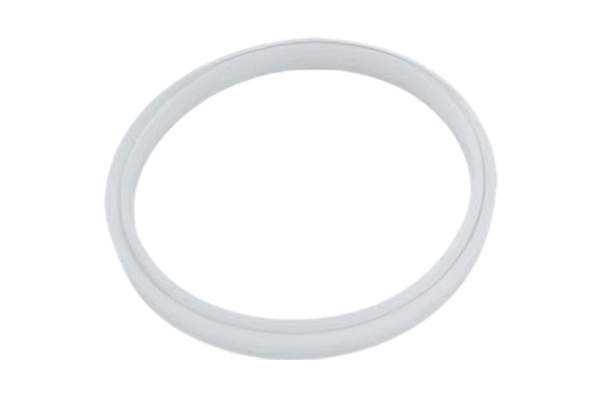Surface treatment technology and anti-pollution ability of air curtain baffle for laser welding machine
Release Time : 2024-12-17
Air curtain baffle for laser welding machine plays a key role in the welding process, and its surface treatment technology directly affects the anti-pollution ability, which in turn is related to the operating stability and maintenance cost of the equipment.
First of all, one of the common surface treatment technologies is coating treatment. For example, ceramic coating is used, which has the characteristics of high hardness, high temperature resistance and good chemical stability. Ceramic coating can form a dense protective film on the surface of the baffle, effectively blocking the adhesion of spatter, smoke and other impurities generated during welding. When the welding spatter hits the baffle surface, the ceramic coating can reduce its adhesion to the baffle substrate, making it easier to clean, thereby improving the anti-pollution ability.
Secondly, anodizing is also an effective method. For some metal air curtain baffle for laser welding machines, anodizing can generate an oxide film on its surface. This oxide film can not only enhance the corrosion resistance of the baffle, but also make its surface smoother and reduce the adsorption of pollutants. In the high temperature environment generated by laser welding, the anodized film can still maintain a certain stability, prevent the metal surface from chemically reacting with pollutants, and extend the cleaning cycle of the baffle.
Furthermore, the application of nanotechnology in surface treatment has brought new breakthroughs in improving anti-pollution ability. By preparing nanostructured coatings on the surface of the baffle, such as nano titanium dioxide coatings. This coating has super hydrophobic and self-cleaning properties. When pollutants come into contact with the surface of the baffle, due to the special microstructure of its surface, water droplets can roll on the surface and take away pollutants, just like the self-cleaning principle of the lotus leaf surface, which greatly reduces the frequency and difficulty of manual cleaning.
However, different surface treatment technologies also have their limitations. Coating treatment may affect the effect due to improper control of coating thickness and uniformity. If the coating is too thick, it may crack or fall off at high temperature, which will reduce the anti-pollution ability; anodizing treatment may have uneven oxide film thickness for some complex-shaped baffles; although nanotechnology has significant effects, the cost is relatively high, and the preparation process requirements are relatively strict.
In practical applications, it is necessary to comprehensively select appropriate surface treatment technologies based on factors such as the working environment, welding process, and cost budget of the laser welding machine. For example, in a high-pollution, high-intensity welding environment, ceramic coating or nanostructured coating may be preferred; in some occasions where cost control is strict and pollution is relatively light, anodizing may be a more appropriate choice.
It is also necessary to regularly inspect and maintain the surface treatment effect of the air curtain baffle for laser welding machine. By observing the degree of surface contamination, checking the integrity of the coating or oxide film, etc., timely discover problems and take corresponding repair or reprocessing measures to ensure that the air curtain baffle for laser welding machine always maintains good anti-pollution ability, providing a strong guarantee for the efficient and stable operation of the laser welding machine.







